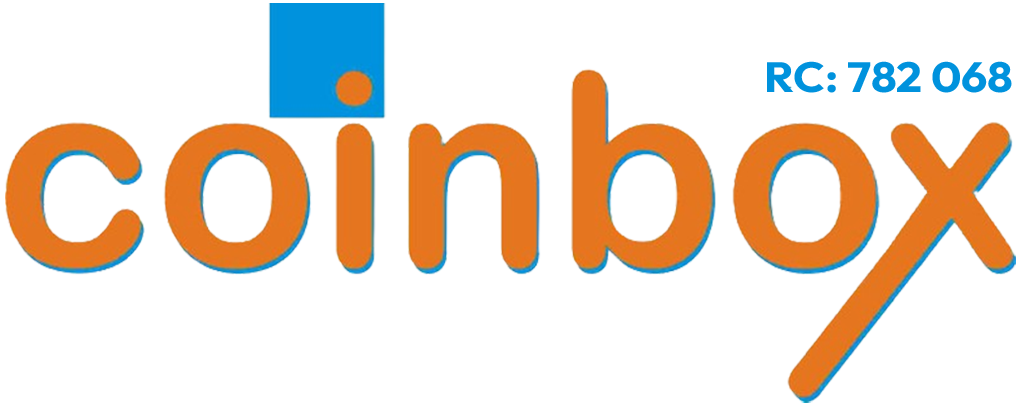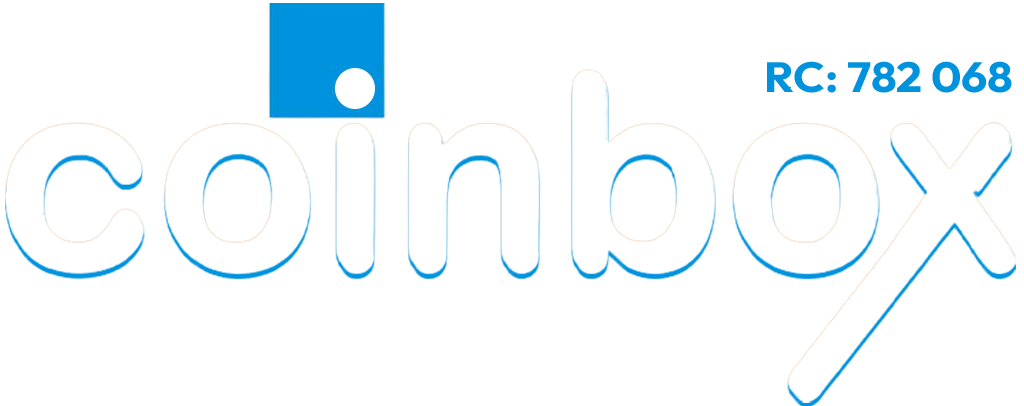Startup vs. SME: A Comprehensive Breakdown
Are You Building a Rocket or a Reliable Car? The Crucial Difference Between a Startup and an SME
The biggest misconception in business? Calling every new company a “startup.” In reality, most new ventures are SMEs (Small and Medium-sized Enterprises), and they operate by a completely different rulebook.
If you’re an entrepreneur, investor, or simply passionate about the Nigerian economy, you need to know which game you’re playing. The choice dictates everything: your funding strategy, your risk profile, and your ultimate potential.
A Startup is built for exponential growth and disruption. Think of them as high-risk, high-reward rockets like Flutterwave.
An SME is built for stable, sustainable, and predictable growth. Think of them as reliable cars that keep the economy moving, like a strong regional manufacturer or a successful QSR chain like Mr. Bigg’s.
In this edition, we’re breaking down the models, risks, and real-world examples to show you why mistaking one for the other is the most expensive mistake you can make.
1. Definitions and Core Identity
| Feature | Startup (High-Growth Enterprise) | SME (Small and Medium-sized Enterprise) |
| Definition | A temporary organization searching for a repeatable and scalable business model under conditions of extreme uncertainty. | An independently owned and operated business designed for profit, selling known products or services to known customers in local or regional markets. |
| Identity | An innovation engine built to disrupt an industry. | The backbone of the economy built for stability and serving the community. |
2. Business Models and Growth Path
Startup Model: The Search for Scalability
- Model: Lean Startup Model (Build-Measure-Learn). Focuses on constant iteration, validating a Minimum Viable Product (MVP), and pivoting based on market feedback.
- Goal: Achieve exponential growth—meaning revenue grows significantly faster than operational costs.
- The narrative is one of revolution—solving a massive, overlooked problem with a unique, innovative solution that can scale quickly to millions of users (e.g., “We are building the future of finance/logistics”).
- Typical Setup: Highly-skilled, small, agile team; heavily utilizes proprietary technology; non-linear growth trajectory.
SME Model: The Focus on Profitability
- Model: Traditional Business Model (Production/Service → Sales → Profit). Focuses on established practices, quality, and consistent customer service.
- Goal: Achieve sustainable, linear growth—consistent revenue growth year-over-year while maintaining profit margins.
- The narrative is one of trust and expertise—serving a specific, loyal customer base with reliable quality and community focus (e.g., “We’ve been serving the best food/providing reliable service in this community for 10 years”).
- Typical Setup: Hierarchical structure; focused on local market dominance; growth tied to physical expansion or incremental sales increases.
3. Use Case Scenarios and Industry Examples
| Scenario | Startup Use Case | SME Use Case |
| Industry | FinTech | Retail |
| Goal | Launch a mobile app to allow Nigerians to invest globally with a few clicks. | Open a new physical grocery store branch in a nearby neighborhood. |
| Model | Technology-led platform; acquires users rapidly through digital marketing; seeks Series A funding for pan-African expansion. | Proven inventory and supply chain model; relies on local foot traffic; funds expansion with retained earnings or a bank loan. |
4. Nigerian Companies (Live Examples)
| Feature | Startup Case Study: Flutterwave (FinTech) | SME Case Study: Mr. Bigg’s (Restaurant Chain) |
| Industry | Financial Technology | Food & Quick Service Restaurant (QSR) |
| Model Setup | Built a single API and infrastructure to process payments across Africa. Its value is in its technology, which can scale infinitely without proportionate cost increase. | Relies on physical branches and an established, standardized menu. Growth is limited by the speed of physical location setup and operational cost of each new branch. |
| Gains | High Potential Gains: Achieved Unicorn status (over $1 billion valuation) within a few years; raised hundreds of millions in global Venture Capital (VC) funding. | Steady, Predictable Gains: Generates stable, predictable revenue from its well-known brand and established customer base across various cities. |
| Losses/Risks | High-Risk: Faced regulatory challenges and intense competition from other VC-backed fintechs (Paystack, Interswitch). Its valuation is based on future potential, not current profit. | Lower Risk: Less susceptible to sudden regulatory or technological changes. Risk is more related to local competition, rising food costs, and managing physical assets. |
| Learning Point | The success of a Startup is defined by its speed and ability to scale a disruptive technology beyond national borders. | The success of an SME is defined by consistency, brand loyalty, and profitability within a manageable geographic scope. |
The Nigerian economic landscape needs both rockets and cars. Startups drive disruptive innovation by creating entirely new markets and attracting massive foreign investment. SMEs, however, are the bedrock of employment and stability, providing consistent services and income across local communities.
The fundamental lesson is this: Your business model must align with your ambition. If you pursue VC funding (a Startup path) with a local, linear business idea (an SME model), you will disappoint investors and burn out your team. Conversely, if you try to scale a disruptive idea globally (a Startup path) using only your personal savings and bank loans (an SME model), you will run out of fuel before achieving escape velocity.
Choose your vehicle wisely.
Which path did you choose?
Comment below and share the biggest difference you’ve noticed between working in a Startup environment (rapid, chaotic, high-risk) and an SME environment (stable, structured, predictable).
Let’s discuss the future of the Nigerian business ecosystem!






..well said